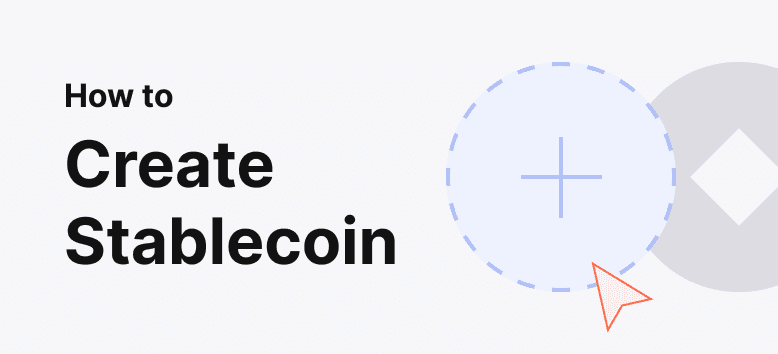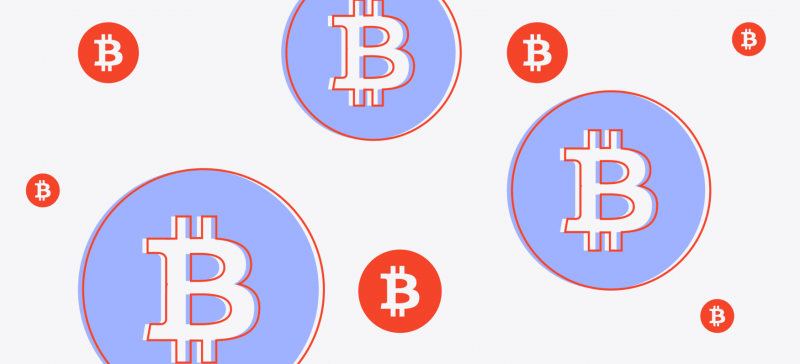More recently, cryptocurrency payments have gained traction among companies. Today in some countries, you can pay with cryptocurrency for a burger at McDonald’s, buy a new stylish bag from Balenciaga, or even become an owner of a futuristic electric car from Tesla. Large corporations have recognized that the payments landscape is rapidly changing, and cryptocurrencies are being utilized as a daily tool for payments and transfers by people other than crypto enthusiasts.
Despite the fact that Bitcoin was originally conceived as a revolutionary payment system, only some people used it as originally intended. Over time, fast and secure blockchains appeared, and stablecoins were introduced, digital assets whose price is linked to the dollar exchange rate, and the situation changed. Now it is even more profitable for businesses to accept payments in crypto, and one of the top contenders that can help enterprises to make mutual payments easier is Stellar (XLM).
In this article, we will get a handle on what Stellar is and why you should pay attention to it when working with crypto payments. In addition, we will talk about how to accept Stellar payments on your website or store, how accepting Stellar will benefit your business, and in the end, what prospects this project has for the foreseeable future.
What is Stellar (XLM) and Why Should You Accept It As Payment?
Stellar is a decentralized payment protocol in the public domain that allows fast cross-border transfers between any pair of currencies. It has its own asset, a digital currency called Lumen (XLM). Lumen (XLM) powers the Stellar network and all of its transactions, just as Ether (ETH) powers the Ethereum network.
Transactions made on the Stellar network are added to a shared distributed public registry, essentially a database accessible to anyone worldwide. Stellar uses its unique mechanism to achieve fast and accurate transaction consensus.
The Stellar consensus method enables real-time, low-cost transactions within seconds. Each participant (called a node) that enters Stellar transactions into the global registry chooses its own mini-network of trusted participants. Because these mini-nets (called quorum slices) overlap each other, the entire stellar network can agree on the ability to validate and quickly enter certain transactions into the registry.
The main goal of Stellar is to create an ecosystem for fast and convenient transfers with low commissions between users. Stellar’s low fees make it suitable for micropayments, among other things. Special members of the network — gateways can issue their own assets tied to any assets in the real world. The assets are distributed in the form of credits, which the gateway agrees to repay if necessary. Thus, in the Stellar protocol, a token tied to, for example, USD can be issued, and participants can transfer it freely to each other with minimal fees, regardless of their location.
How to Set Up Stellar Payments on Your Website or In Your Store
There are two ways to accept Stellar payments as a means of payment for goods and services offered by your business. Let’s shed some light on each of them so you can understand which is right for you.
- P2P payment by QR code
In order to accept payments in Stellar currency via QR code, first of all, it is necessary to register a cryptocurrency wallet. Nowadays, the market provides an incredibly wide choice of wallets that suit every pocket. After registration, it is time to choose a convenient blockchain network to which your clients will send tokens. As a rule, most applications and crypto wallets automatically select the necessary blockchain network to conduct a transaction with a minimum commission (or without it). However, if that’s not possible, you must do it yourself. This point is very important because every blockchain network charges commissions, which can vary significantly.
After registering, a QR code will appear in the app, which can be placed on the website or at the store. This is essentially the easiest way to accept Stellar payments, and it is similar in mechanics to the QR code payment in the bank app.
- Using a crypto payment gateway
Crypto payment gateways are special services that accept money from the buyer and transfer it to the seller, and transfer fees rarely exceed 1%. Your clients pay for a product or service in the selected cryptocurrency, the processor converts it, and you receive payment in fiat or keep the tokens. Payment can be made in several ways: by invoice, link, or through a physical POS terminal.
Unlike the P2P method, the crypto payment gateway is convenient because, in this case, you don’t have to worry about the volatility of the Stellar coin — all payments can be instantly converted into your preferred fiat currency by the payment processor. However, if you want to receive and store funds in Stellar — this is also an option.
The Benefits of Accepting Stellar Over Other Forms Of Payment
So, why accept Stellar? To answer this question, let’s look at some of the main advantages of the project Stellar that can benefit your business when it comes to payments.
- Low transaction costs
Thanks to its proprietary consensus mechanism, Stellar has fast and cheap transactions, and transaction fees are typically less than a cent. This is a significant advantage over other global payment companies that charge higher fees.
The platform recently announced that Stellar would begin offering smart contracts in 2022, which seems like a natural extension of Stellar’s core mechanism for creating affordable financial transactions. As per the project’s blog notes, “Since the Stellar network was created for the future of payments, it is critical that smart contracts on Stellar are safe for users and can scale without exorbitant network fees. If done right, this could set Stellar smart contracts apart from the rest.”
- Compatibility of global currencies for payments and money transfers
The primary value of the Stellar project lies in its focus on making global currencies compatible with payments, remittances, and other forms of exchange. In today’s environment, the payment landscape is primarily highly regionalized. Different geographic regions have their own payment systems (such as SEPA), and they are incompatible.
By contrast, Stellar has created a system where global currencies can be represented as digital fiat tokens in a decentralized registry where they can interact freely. In other words, currencies can interact both among themselves and between cryptocurrencies and applications that use Stellar’s network.
Stellar’s innovative approach has helped pave the way for several meaningful partnerships with businesses worldwide, allowing the network to grow. If this expansion continues, Stellar could gain more value.
Prospects of Stellar Payments
The project’s vision for the near future is based directly on what the company has been able to accomplish in recent years, which has irrefutably demonstrated that the Stellar network is built for a great purpose.
The way forward for the company will include a number of components. Among them are future capabilities focused on trust minimization as the cornerstone of the project to facilitate confidence. The project will also have greater scalability to stimulate the development of use cases and provide additional opportunities to participate in the ecosystem. Finally, the project’s plan includes an unrelenting focus on interoperability and inclusivity — components that speak to its most strategic values, drive the project’s team to innovate continually and advance its mission of creating equitable access to the global financial system.
Conclusion
Stellar is an interesting cryptocurrency project and digital currency aimed at making global payments more efficient, accessible and inexpensive. In doing so, Stellar aims to help both individuals and institutions to overcome long transaction times and high fees for cross-border transactions.
Given the Stellar platform’s many partnerships with companies such as IBM, their mission seems to have received some support, and the network continues to grow. The Stellar network has gained momentum, and XLM is traded on many world-renowned cryptocurrency exchanges. Without a doubt, the mass adoption of the coin into the retail sector for use as a means of payment is just a matter of time.
The Stellar platform has the potential to grow as it successfully addresses an unmet need for an affordable means of payment, especially in regions where the population is largely unbanked.








